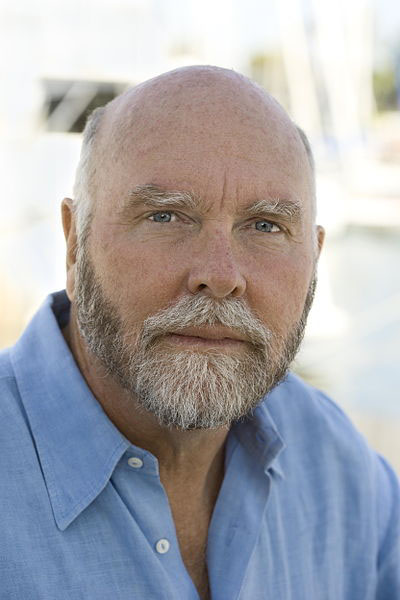Physicist Erwin Schrödinger
Last night things came full circle at Trinity College Dublin (TCD), as one of the world’s leading scientists in the field of genomic research, Dr J Craig Venter, gave a lecture entitled ‘What is life? – a 21st century perspective’. Venter was taking on the mantle from a lecture that was given in February 1953 at TCD by physicist Erwin Schrödinger entitled ‘What is Life?’. That 1953 lecture is now deemed by scientists to have been pivotal in having helped to inspire the discovery of the structure of DNA.
In his 1953 ‘What is Life?’ lecture at TCD, Schrödinger presented his ideas on how hereditary information could be encoded in a chemical structure, which he termed aperiodic crystal, in living cells. He then went on to pen a book in 1944 with the same title – What is Life?. As the story goes, Schrödinger’s book was cited by James Watson and Francis Crick as one of the inspirations that ultimately led to them unravelling the structure of DNA in 1953. Their breakthrough led to Watson, Crick and Maurice Wilkins being awarded the Nobel Prize in physiology or Medicine in 1962.
And, Nobel Laureate Watson was also present at TCD last night to hear Venter give a 21st-century perspective on advancements in genetic research spanning the past 70 years, making the occasion even more profound.
As for Venter, he is known for being one of the leading scientists of the 21st century, as he has repeatedly pushed the boundaries in the field of genomics. The list of his scientific achievements are too long to mention here, but to give you an idea, he and his team at the Institute for Genomic Research (now part of J Craig Venter Institute), which he founded, decoded the genome of the first free-living organism, the bacterium Haemophilus influenzae, in 1995.

Pioneering synthetic biologist Dr J Craig Venter
Sequencing of the human genome
Venter was propelled into the international spotlight, after he and his team sequenced the human genome in 2000.
Last night, Venter spoke to ESOF delegates about advancements in genomic research and also how scientists are capitalising on the digital era. He said he believes we are now in the “digital age of biology”.
“I came to work on synthesising genomes based on digital code,” said Venter. Later in the lecture, Venter touched on the leaps that have been made, citing how it now takes about two hours to sequence a human genome.
“The pace is changing quite substantially,” he said, adding that when scientists are sequencing, they are converting genetic code into digital code.
DNA is the software of life – Venter
“I describe DNA as the software of life,” said Venter. He went on to talk about biochemistry and how everything we know about our lives is protein-derived.
Touching on diseases such as Alzheimer’s, he spoke about areas of genomic research that are looking into coming up with new breakthroughs.
He then talked about how we have to constantly synthesise new proteins.
“Life is a process of dynamic renewal. We each shed 500m skin cells every day. See the dust in your sitting room, that’s you!” Venter said 50pc of our cells die during normal organ development.
Synthetic life
In 2010, Venter and his team at J Craig Venter Institute (JCVI) blazed another trail when they attempted to recreate life from its fundamental chemical building blocks – they created the first bacterial cell controlled by a synthetic genome.
“We had to develop the biological version of debugging software,” said Venter last night, referring to challenges in booting up a cell with a synthetically created genome.
Finally, moving on to how scientists are now drawing upon the technological era to send digital code to one another across the world, he spoke about the future for genomic research.
Venter spoke about the potential for creating cells without a prior cellular history. He spoke about how advancements can be made in helping create new life forms for food, energy, vaccines, fuels and clean water.
“The digital and biological worlds are now interchangeable,” he said, pointing to how synthetic life will push out the boundaries for new industries and new scientific advancements to help humankind and the planet.